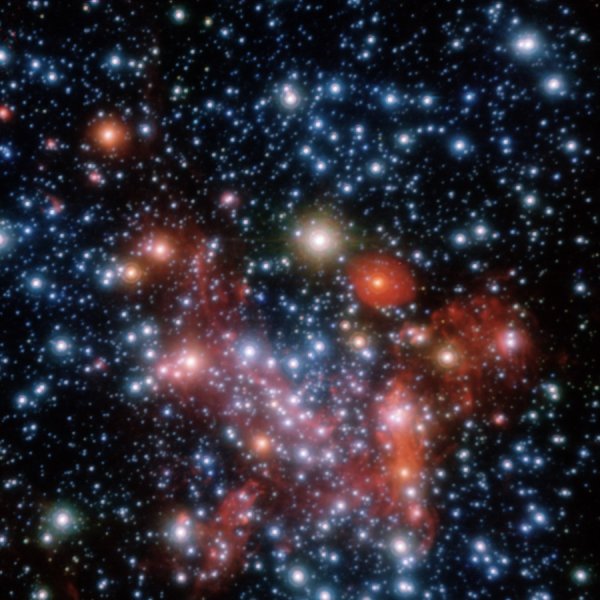The number of extrasolar planets discovered has long since exceeded five thousand, and in 905 cases entire planetary systems have been discovered. Only a very small number of them, however, show coplanar orbits and an even smaller number show orbits not only in almost the same plane, but also gravitationally bound to each other by so-called resonances. The system HD 110067 is quite possibly one of them. The first indicator is provided by a paper whose main author was Jiří Žák.
Abstract
Planetary systems in mean motion resonances hold a special place among the planetary population. They allow us to study planet formation in great detail as dissipative processes are thought to have played an important role in their existence. Additionally, planetary masses in bright resonant systems may be independently measured both by radial velocities (RVs) and transit timing variations (TTVs). In principle, they also allow us to quickly determine the inclination of all planets in the system, as for the system to be stable, they are likely all in coplanar orbits. To describe the full dynamical state of the system, we also need the stellar obliquity that provides the orbital alignment of a planet with respect to the spin of their host star and can be measured thanks to the Rossiter-McLaughlin effect. It was recently discovered that HD 110067 harbours a system of six sub-Neptunes in resonant chain orbits. We here analyze an ESPRESSO high-resolution spectroscopic time series of HD 110067 during the transit of planet c. We find the orbit of HD 110067 c to be well aligned with sky projected obliquity λ=6+24−26 deg. This result is indicative that the current architecture of the system has been reached through convergent migration without any major disruptive events. Finally, we report transit-timing variation in this system as we find a significant offset of 19 ± 4 minutes in the center of the transit compared to the published ephemeris.
More informatios
- ASU web page (press release in Czech)
- J. Žák a kol., HD110067c has an aligned orbit: Measuring the Rossiter-McLaughlin effect inside a resonant multiplanetary system with ESPRESSO, Astronomy & Astrophysics v tisku, preprint arXiv:2405.12409
- contact: Mgr. Jiří Žák, jiri.zak@eso.org



